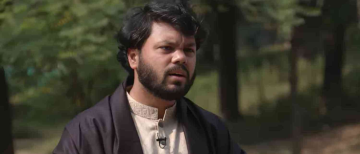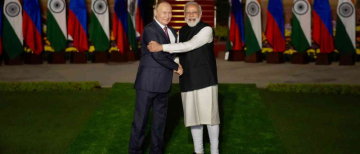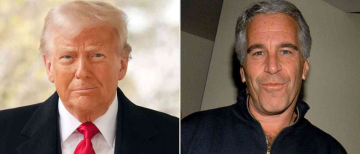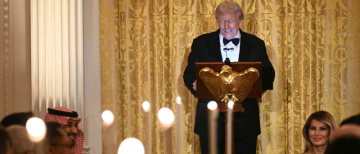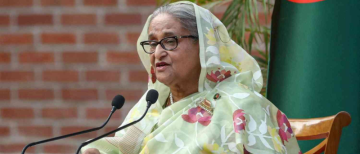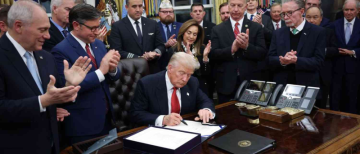A piece of cloth has become the topic of debate all around the world. Is it actually about wearing a hijab or is it something else? Two incidents from two different countries in the world about the same topic: “Hijab”. Defining it for those who don't know, Hijab is a piece of cloth that is used by Muslim women to cover their heads to maintain modesty and privacy from unconnected males, either in public or at home. Whether it is the protest of Iran or India, the real issue that the women fighting in both countries are to take back control over their rights. It is a question not only of women dispensing with the hijab should they choose to but also how they can dress, whether they can use makeup in public, their right to choose what they wear, where they sit, how they speak, where they work and beyond.
But these are two different protests - one for it and the other against it.
The Controversy in India on Hijab:
In February 2022, the controversy about the hijab started when a Muslim student in a junior college in Karnataka wanted to wear a hijab on the college premises and was stopped by the authorities saying that it was violating the school’s uniform policy. The conflict spread in the different schools and colleges of Karnataka in a few weeks. As a counter-protest, some Hindu students also started demanding permission to wear saffron scarves. Later the Karnataka high court after several hearings gave the verdict that wearing a school uniform is compulsory and there will be no exception in that also, wearing a hijab is not an essential religious practice in Islam. Before entry into the school premises, students have to remove their burqas and hijabs in some cases teachers were also asked to do the same.
The Controversy of Iran on Hijab:
The protest in Iran started when a 22-year-old girl got arrested for not wearing a “Hijab”, which is considered to be a dress code for women in Iran. 72 hours after the arrest the girl was found dead. The incident led to the outbreak of a massive protest by Iranian women demanding freedom. Iranian law strictly orders women to wear hijabs or head scarves with their regular attire and if they breach the order they will be punished mercilessly. That is something that seems to have happened with Mahsa Amini, who died after 3 days of being arrested for not wearing a Hijab. The protest of Iran has been supported by several other countries including India as well, where the support is coming mainly from the Hindutva Supporters who believe that this development vindicates their position that Muslim women should not wear the hijab in public places and that enforcing this idea will protect Indians from the sight of this garment, which they claim is retrograde and anti-woman.
Though the contexts of the protests in Iran and India are different, women in both countries are making the same statement. They are telling the state that they want to live their lives as free, thinking selves – not as dull similar clones. In both cases, it is a debate between individuals and the state for ownership of the self. While the theocrats in Iran are claiming that making women wear the hijab safeguards the public from having to confront immodesty, supporters of the hijab ban in India are aiming to protect their eyes from being hurt by the sight of visible religious markers worn by Muslim women.
If we look at both incidents, we can clearly understand that this is a protest of freedom and liberty and not so much of religion. Killing someone for not wearing a piece of cloth while admonishing someone for wearing one seems blasphemous on the surface but it runs even deeper as women the world over stand up to make their own choices. A Hijab or the lack of it may not be the issue here - maybe the piece of cloth is representative of much more than just its religious symbolism. Maybe it represents the female voice today that is strong to say - "Enough is Enough" and now Governments, Political Establishments, Media, Educational Institutions as well as Factions of Society ought to sit up and listen.
© Vygr Media Private Limited 2022. All Rights Reserved.








